by Michael Haskew
The British soldiers that left the relative safety of their trenches to go over the top on the first day of the Battle of the Somme on July 1, 1916, may well have expected that a week-long artillery bombardment of German positions had either killed every enemy soldier to their front or so incapacitated them that the attack would be an easy success. In reality the situation was quite different.
The Germans had actually constructed strong defenses along the Somme battlefront, including trenches protected by thick barbed wire, artillery and machine gun emplacements that were fortified with mounds of earth and rock, and bunkers that were tunneled deep beneath the ground, impervious to the shelling that had blasted the 30-mile front in preparation for the infantry advance.
The Face of War Was Changing…
For senior Allied commanders, particularly General Douglas Haig, commander of the British Expeditionary Force, and French Marshal Joseph Joffre, the plan for the Somme offensive was straightforward. The artillery bombardment would soften up the German defenses, blasting the barbed wire entanglements, destroying German guns, and decimating the enemy ranks. After the infantry punched holes in the weakened enemy lines, horse cavalry would charge through, exploiting the breaches and wreaking havoc in the rear areas. Haig and Joffre, however, failed to appreciate the impact of advancing technology on the battlefields of the 20th century. World War I was a proving ground for the latest in military hardware, and during the conflict of 1914-1918, both the Allies and the Central Powers increased the capacity to kill to levels that had not previously been conceivable. Among the new technology that became horribly familiar during the Great War were the airplane, the submarine, chemical weapons, the tank (which made its combat debut at the Somme), and the deadly machine gun.
The Machine Gun Makes its Debut
The machine gun killed with cold efficiency, and neither infantry nor cavalry advancing in the open against a well-placed weapon of this type stood much of a chance of survival. The German Maxim, British Vickers, and French Hotchkiss machine guns, among others, were capable of spewing a deadly stream of bullets at a rate of up to 600 rounds per minute. Silencing a fortified machine gun position required time, effort, and often many lives. Although Haig began to comprehend the lethality of the machine gun and took note of the cost in lives that the weapon was exacting along the River Somme, he stubbornly ordered frontal assaults to continue and sent thousands of soldiers to their deaths during four months of harrowing combat. Entire infantry companies were virtually wiped out, and July 1, 1916, remains the costliest day in the history of the British Army as nearly 60,000 men were killed or wounded during heroic but futile advances against the well entrenched enemy. At the Battle of the Somme, British and French commanders learned the hard lesson that advancing technology had changed the nature of combat, and they paid for the experience with the lives of their men. The tragedy of the Somme is remembered today with reverence at the sight of seemingly endless rows – the graves of those who died a century ago on a new, terribly modern battlefield. Sheer courage was no longer enough to ensure victory.
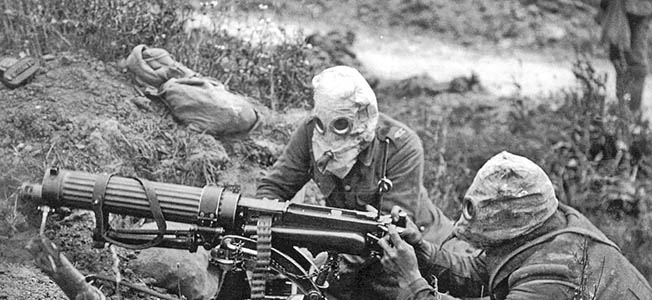
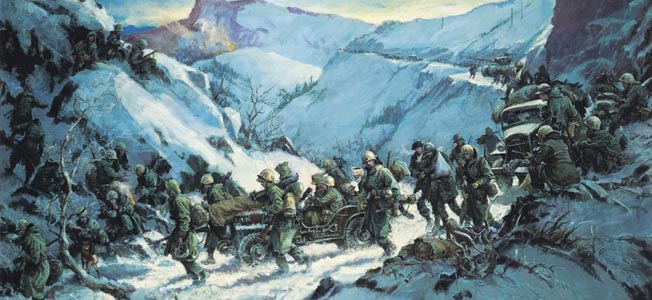
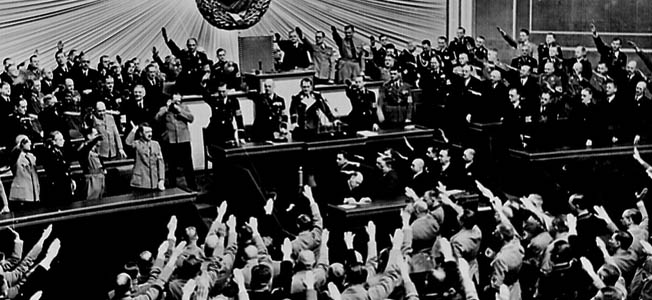
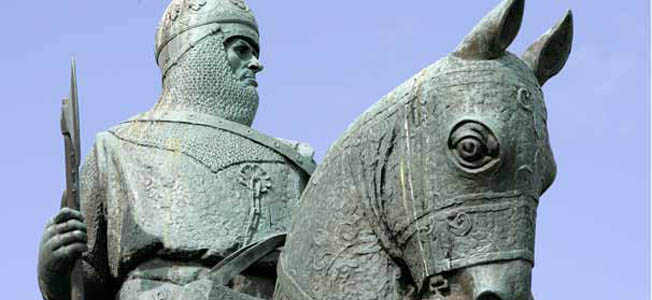
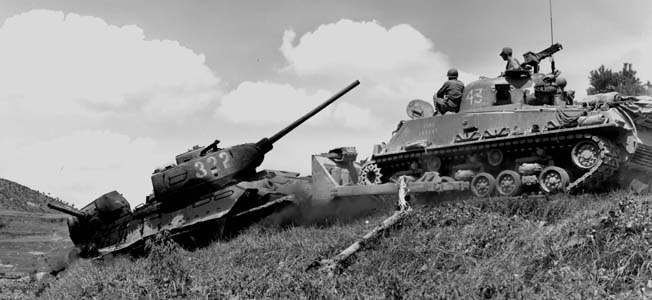
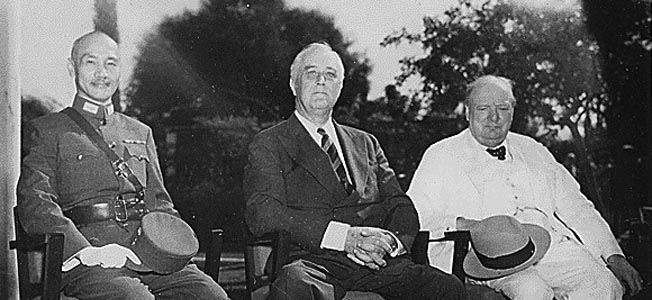
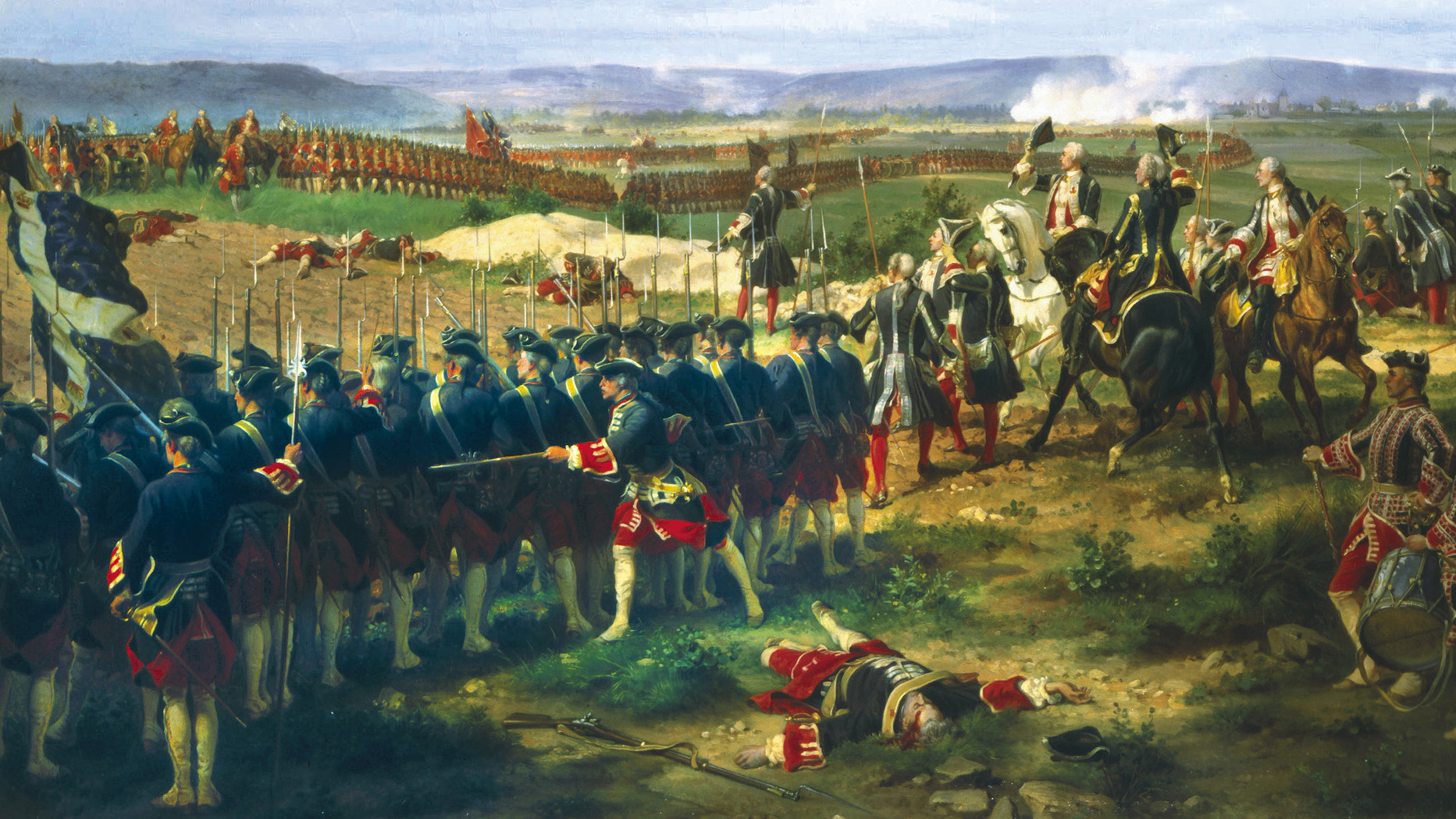

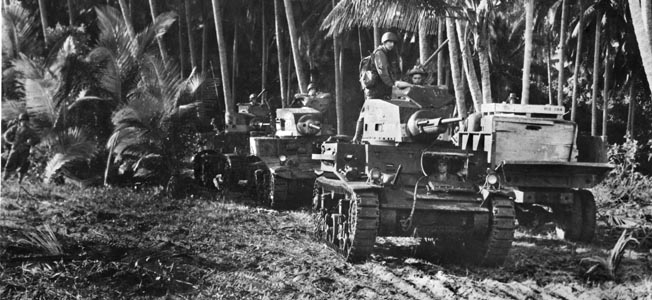
Join The Conversation
Comments
View All Comments